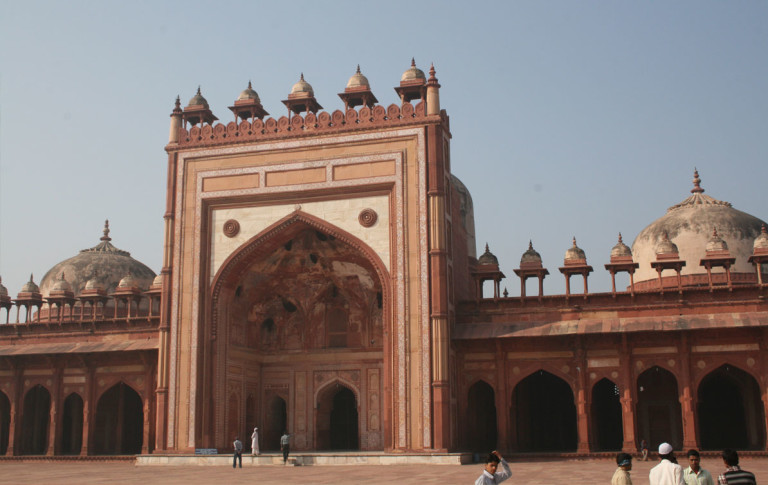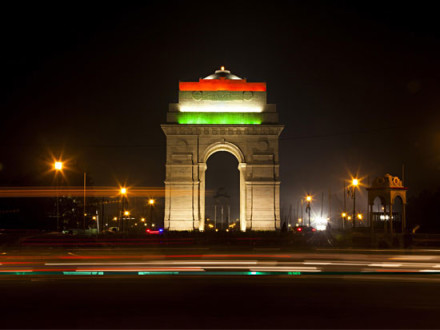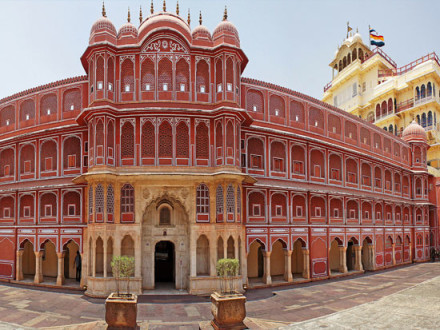Founded in 1569, bythe Mughal emperor Akbar, Fatehpur sikri was the capital of the Mughal Empire for little more than a decade. Fatehpur Sikri is a city in Agra district, Uttar Pradesh. Fatehpur Sikri came into existence when Akbar decided to shift the capital from Agra to a new place which was nearly 20 miles away from Agra. HE planned on developing mosques, courts and palaces for harems, palaces, royal palaces, utility building and many more structures to bring to life a well-planned city. The following fifteen years were spent planning and developing the desires and dreams of King Akbar. The city was named Fatehabad. Fateh means victorious and later the name changed from fatehabad to fatehpur Sikri.
Fatehpur Sikri holds a glorious history and boasts of great rulers that ruled the city. The city is the birth place of the nine jewels, the famed courtiers of Akbar who were also called the Navratnas. FatehpurSikri is amongst the few places that hold together in a beautiful form the well preserved structures and monuments built during the Mughal period. Fatehpur Sikri attracted Akbar’s religious attention in the making. It was Akbar’s desires that showed in the meticulous architectural work in each of the monuments. Under the reign of Akbar the complex on Persian principles was planned. All the buildings with historical importance were made of red stone due to the availability of sandstone in excess in the neighboring areas. The imperialpalace complex comprising of pavillions that stand independently are arrange din geometrical piece of well leveled ground.
The imperial palace however was abandoned due to water paucity and increasing turmoil with the Rajputanas. A large area of the imperial complex spread nearly two mile remains well intact but also resembles a ghost town. Even today you can see the five mile long wall that was raised during the original constructions, today however there remains only ruins and a barren complex with hardly any human sighting. The Village of Sikri exists in close vicinity despite all the changes over the years.
Within Fatehpur Sikri you will find yourself being treated to Akbar’s finely planned and religiously designed monuments, palaces and many more intricate structures that simply showcase Akbar’s unique and holistic style that was simply his own. The palace city of fatehpur Sikri sits on a rocky ridge. Built on India Principles, Tuhir das was the architect behind the making of Fatehpur sikri. Indigenous craftsmen, influenced by Jain and Hindu architectural styles working hand in hand with Islamic elements were responsible in the making of this great monument.
The magnificent Panch mahal, a landmark beauty – Diwan-I-Kas, A magnificent and stunning gateway – Buland darwaza, An extremely impressive throne fit only for an emperor- The lotus Throne, The Jodhabai palace, Fine example of Mughal architecture- Tomb of Salim Sheikh Chisti, A bizarre looking tower- The Hiran Minar, The Khwabgah and many more exemplary monuments make Fatehpur Sikri a place you must visit to watch and relish the intricate art work and architectural splendor of a great empire that one reigned the city.





